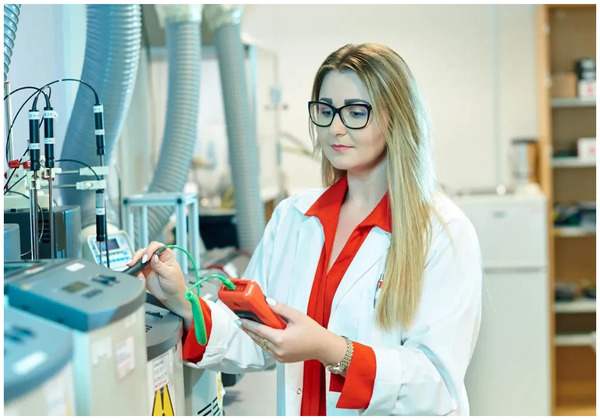
Festive Opening Hours
Thank you for your business in 2025! Find key information on our operational hours over this holiday season

Thank you for your business in 2025! Find key information on our operational hours over this holiday season

Find products engineered for accuracy, built for durability, and trusted by engineers.


%20x%20210%20(h)/December%202025/HP1225_UK_620x413px_HP_FP01_Dymo.jpg)
Label maker kit with fast formatting keys, QWERTY keyboard & 20+ ways to format text - includes 3x tapes.
%20x%20210%20(h)/December%202025/HP1225_UK_620x413px_HP_FP02_Molex.png)
The Mini-Fit family offers Board-to-Board, Wire-to-Board & Wire-to-Wire configurations up to 13.0 Amps.
%20x%20210%20(h)/December%202025/HP1225_UK_620x413px_HP_FP02_Brady.jpg)
Handles any ID challenge with 110+ label types (wraps, sleeves, etc) for industrial or commercial use.
%20x%20210%20(h)/December%202025/HP1225_UK_620x413px_HP_FP04_Dewalt.jpg)
A lightweight, ergonomic hammer drill with 2x li-ion batteries giving a mix of high-performance & runtime.

Need support? Our team is here to help, reach out today for expert technical advice.

Assure reliability with UKAS accredited service expertise and fast turnaround times.

Let RS lighten the load of stock management with our innovative Vendor Managed Inventory.

Cut costs and simplify ordering with our efficient eCommerce platform solutions.